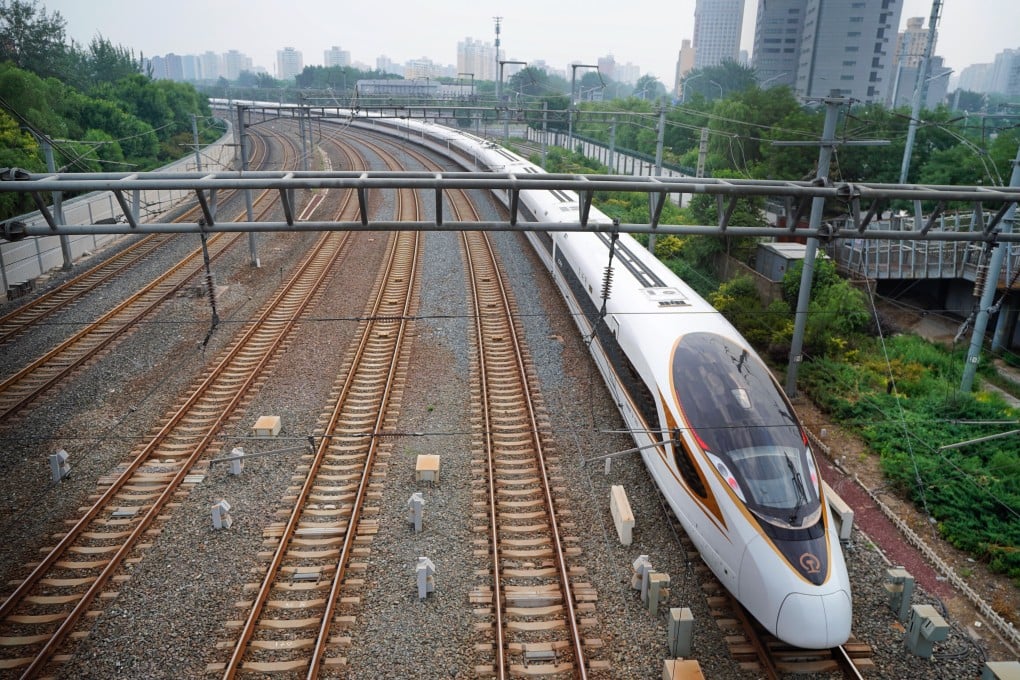China’s high-speed rail network has been low speed in adoption – but that’s set to change
- In just over a decade, China has created the world’s largest high-speed rail network
- Now passenger use is expected to catch up due to rapid industrialisation, wanderlust and rising incomes

China’s expensive and underused high-speed rail network is beginning to see the light at the end of the tunnel.
It can thank rapid urbanisation, growing wanderlust and rising incomes, which are combining to put success of the world’s largest high-speed rail network on track, experts say.
“In our view, urbanisation and changes in travel behaviour make it a necessity to have even more rail infrastructure in place,” Lesley Liu, infrastructure and industrial research analyst at HSBC, wrote in a recent report.
In just over a decade, China has created a high-speed network encompassing 29,100 kilometres (18,081 miles). By 2030, it plans to add another 16,000 kilometres.
Japan, a pioneer in high-speed rail beginning in the 1960s with its Shinkansen, or bullet train network, has a comparatively meagre 3,000 kilometres to whisk travellers about the much smaller nation.